Articles
"I am forever traumatized by what I saw in Palestine and that trauma is expressed through art. The art —perhaps naively— hopes that someone will pay attention to it and take action in their own way." (Katie Miranda)
Sep 30, 2019
“Our perspectives shape how we think of ourselves and others. If we experience the world with limited perspectives, how can bridges be built?†(@studentAsim)
Jul 03, 2019
I'm proud that my work is socially conscious and engaged, and I admit that I have difficulties with the necessary commercialism of the art world
Dec 21, 2018
"Over the past 15 years, we’ve seen the international world sit up and take notice of the creative talent endemic to this part of the world, yet there is still so far to go in terms of creating opportunities for artists, filmmakers, writers and other creatives to develop their careers in the region, and to then engage international audiences in their work." (Antonia Carver)
Mar 19, 2018
"I love nature and flowers. Tulips are my favourite flower. The tulip or ‘laleh’ is said to be elegant, noble and a symbol of love. The tulip reveals the purity of colour and form. If we look at tulips, we can observe that they have opened their hearts to us. In Sufism, the flower symbolizes the Creator because 'Allah' is written with the same letters of alif, lam and ha. " (Dr. Zehra Çobanlı)
Sep 25, 2017
"The calligraphy of Islam is new to Western culture – visually, aesthetically, intellectually, and from the standpoint of deep meanings." (Mohamed Zakariya)
Aug 21, 2017
"Islamic calligraphy is not a mere well measured legible writing; it is all about harmony of lines and compositions, inner music, and spirituality. A real masterpiece of calligraphy is a window from which human can have a glimpse of the divine beauty." (Ayman Hassan)
Jul 19, 2017
Like in any classical art, such as music, the discipline needed to become a calligrapher involves a lot of time, sacrifice and hard work. (Nuria Garcia Masip)
Jul 09, 2017
“You can express yourself with the Islamic arts, but it is not the essential goal. The essential goals are to mature our characters and get the Islamic message across to people.†(Lutfiye Depeler)
Jun 26, 2017
"Turkish classical art is based on and fed by Islamic art and philosophy. I can draw a figure to construct a story however, hesitate to flesh out the story." (Gülçin Anmaç)
Jun 18, 2017
"My work relies on classical Islamic calligraphy to the extent that I have been given an inspiration and intense need to move the boundaries, to get rid of the rigid, clear and precise rules of expression without underestimating or distorting the value of classical art." (Minela Asani-Omerovic)
Jun 05, 2017
Azra Becirevic Sarenkapa studied textiles at the Textile-Technological Faculty in Zagreb, Croatia and finished her Master of conservation at Durham University in the UK. Currently, she is working as the Senior Conservator at the National Museum of Bosnia and Herzegovina. I had the pleasure of sitting down with her and discussing her 17-year-long contribution to many museums in Bosnia and the region.
Nov 29, 2016
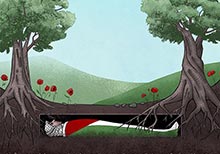

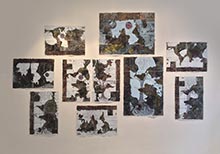
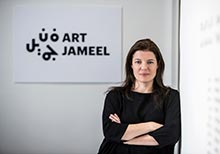
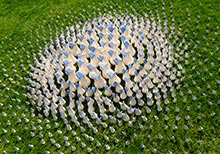
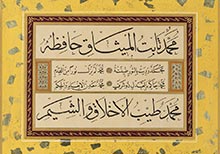
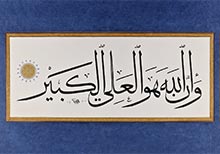
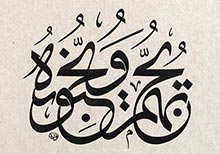
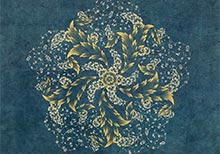
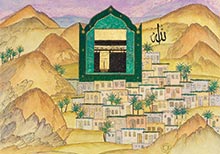
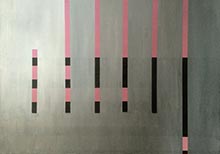
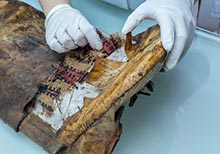
Stay in touch
Keep up to date with IAM's special offers, giveaways and news in your preferred format.